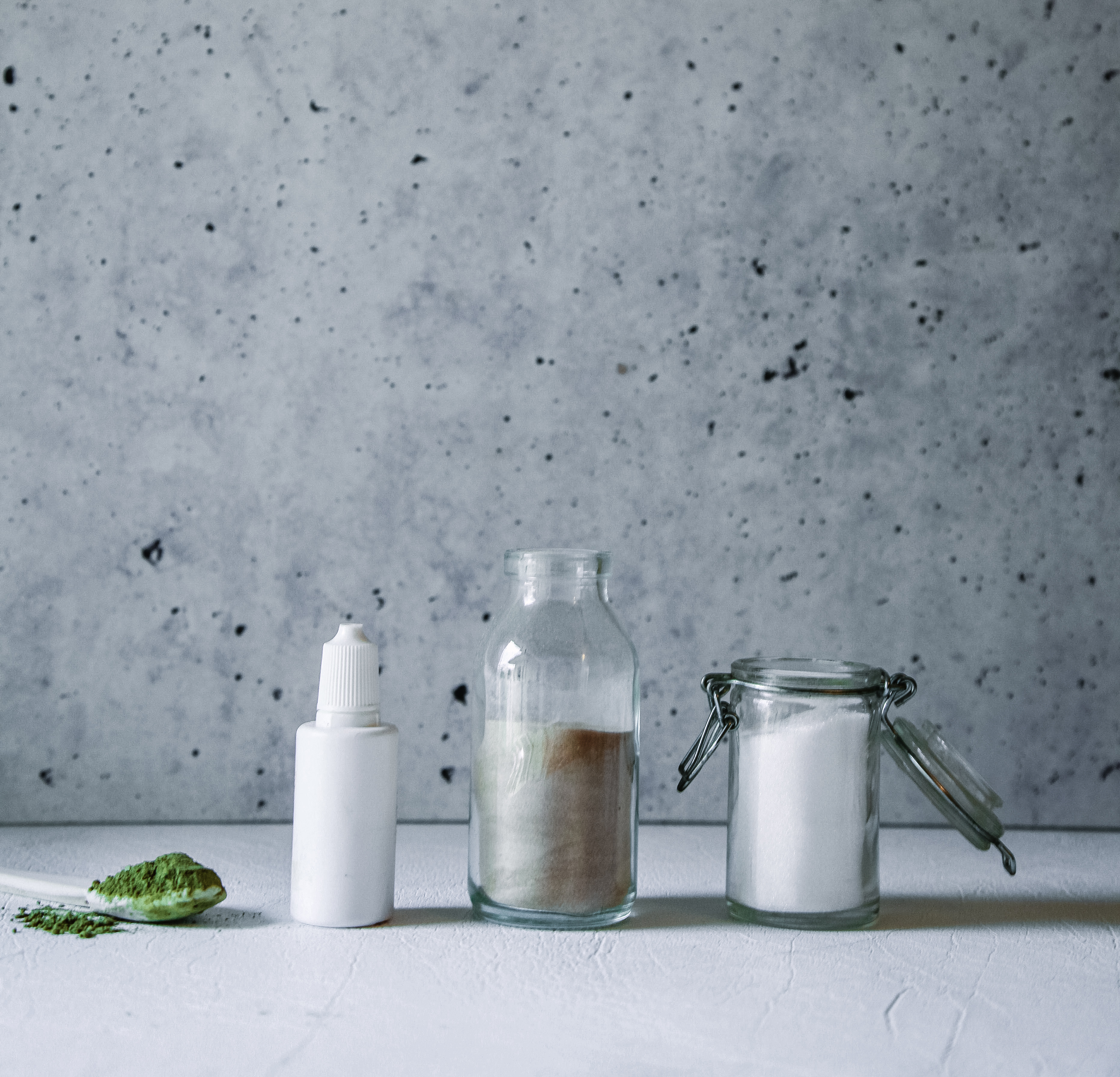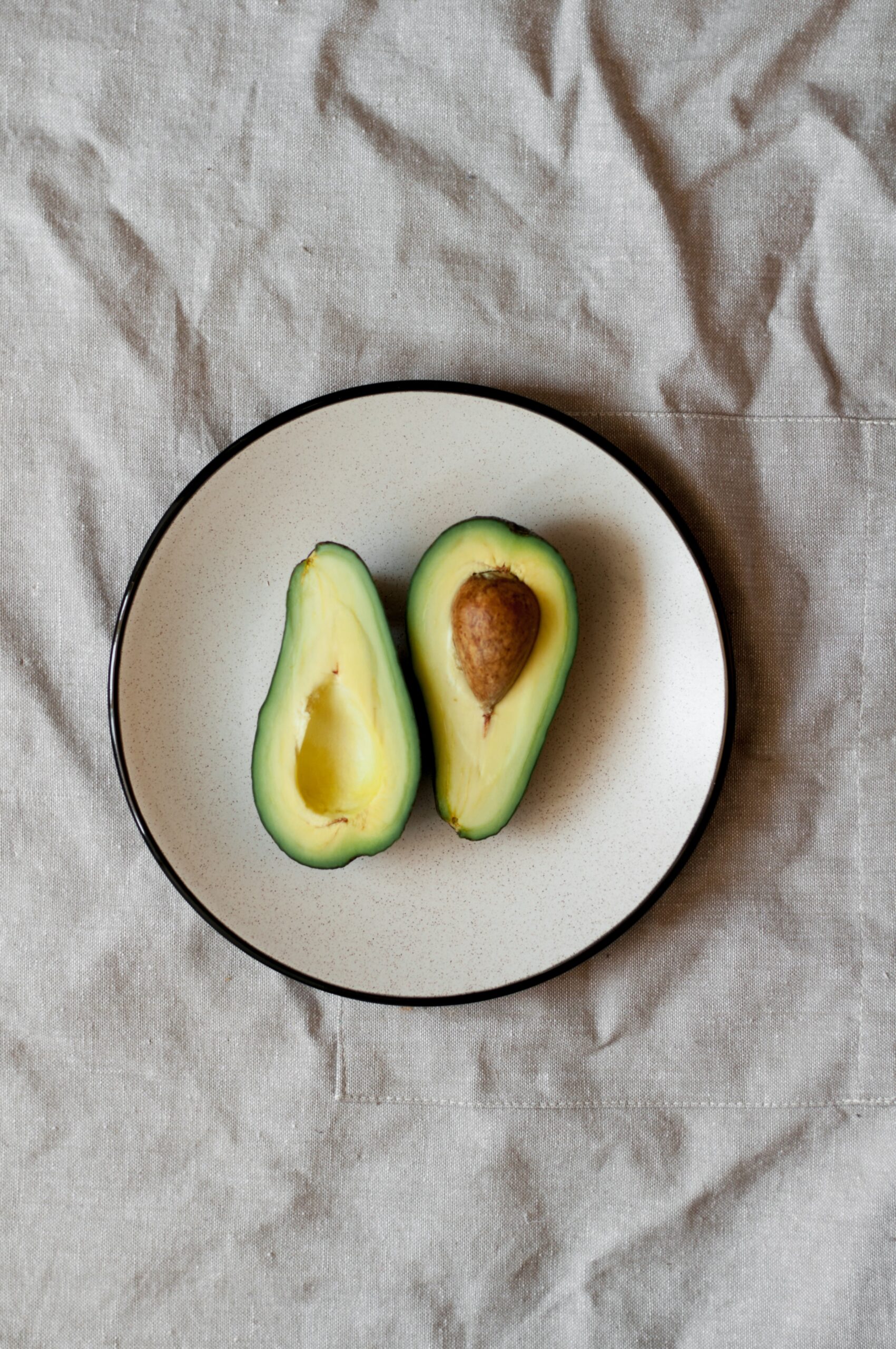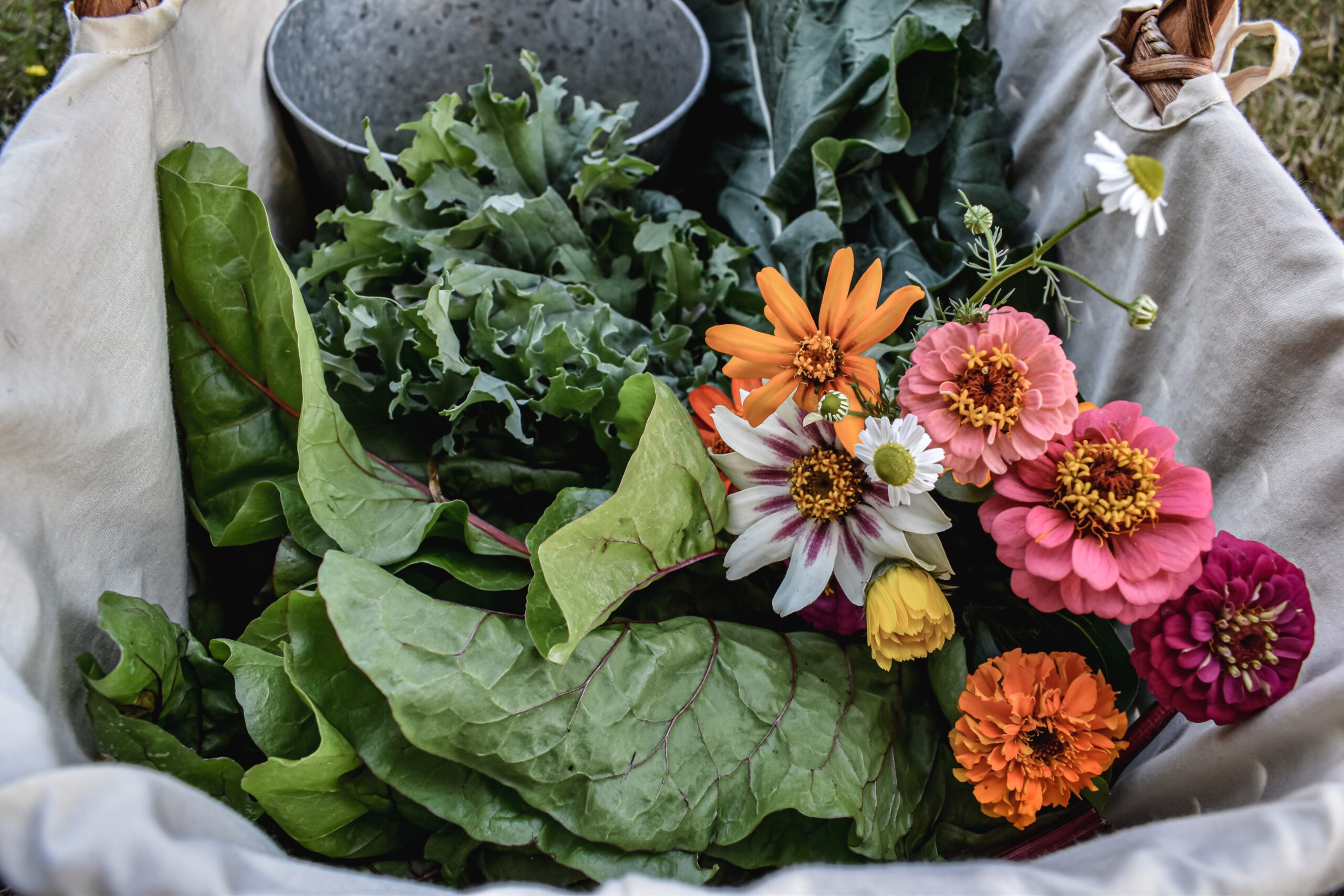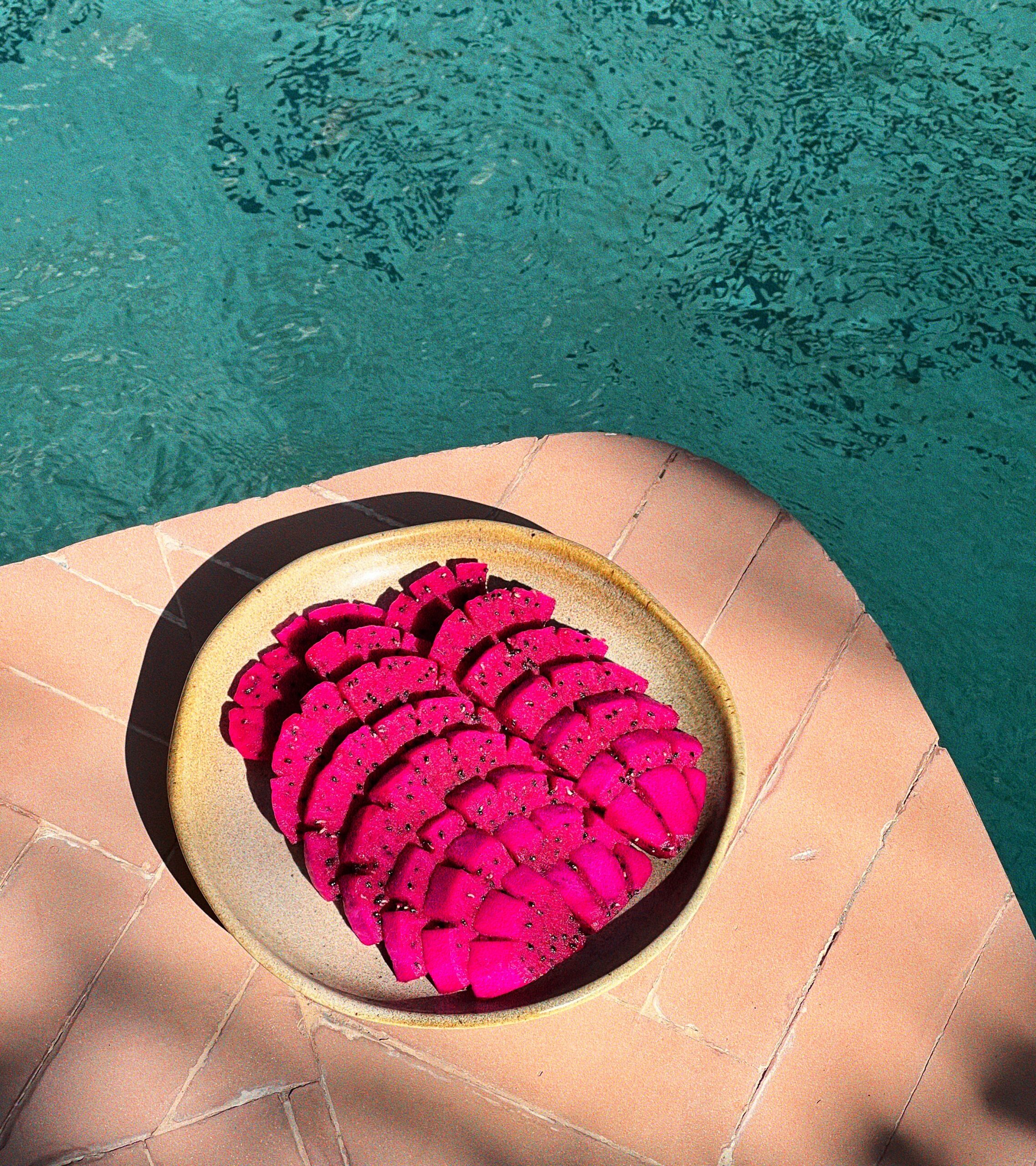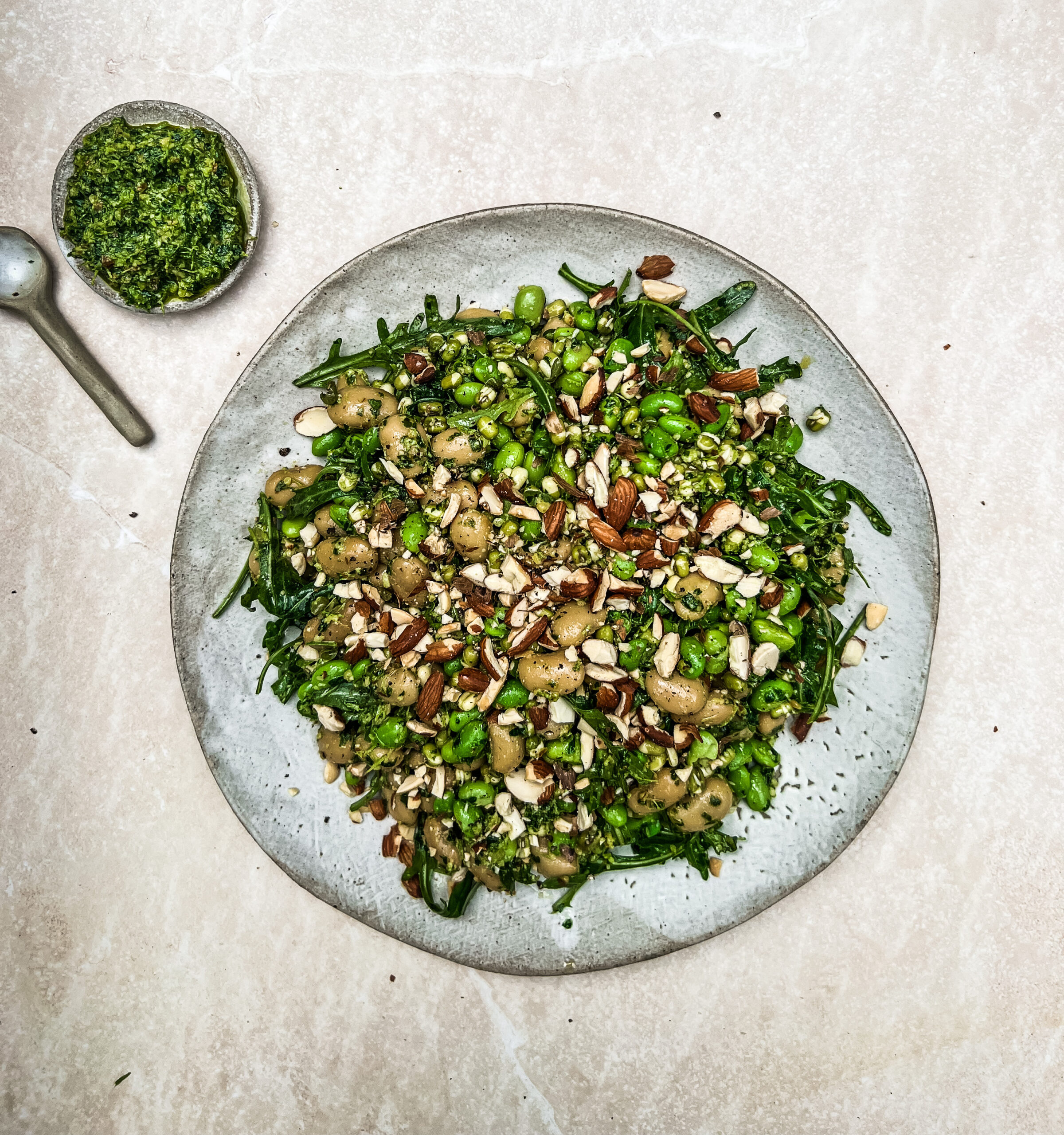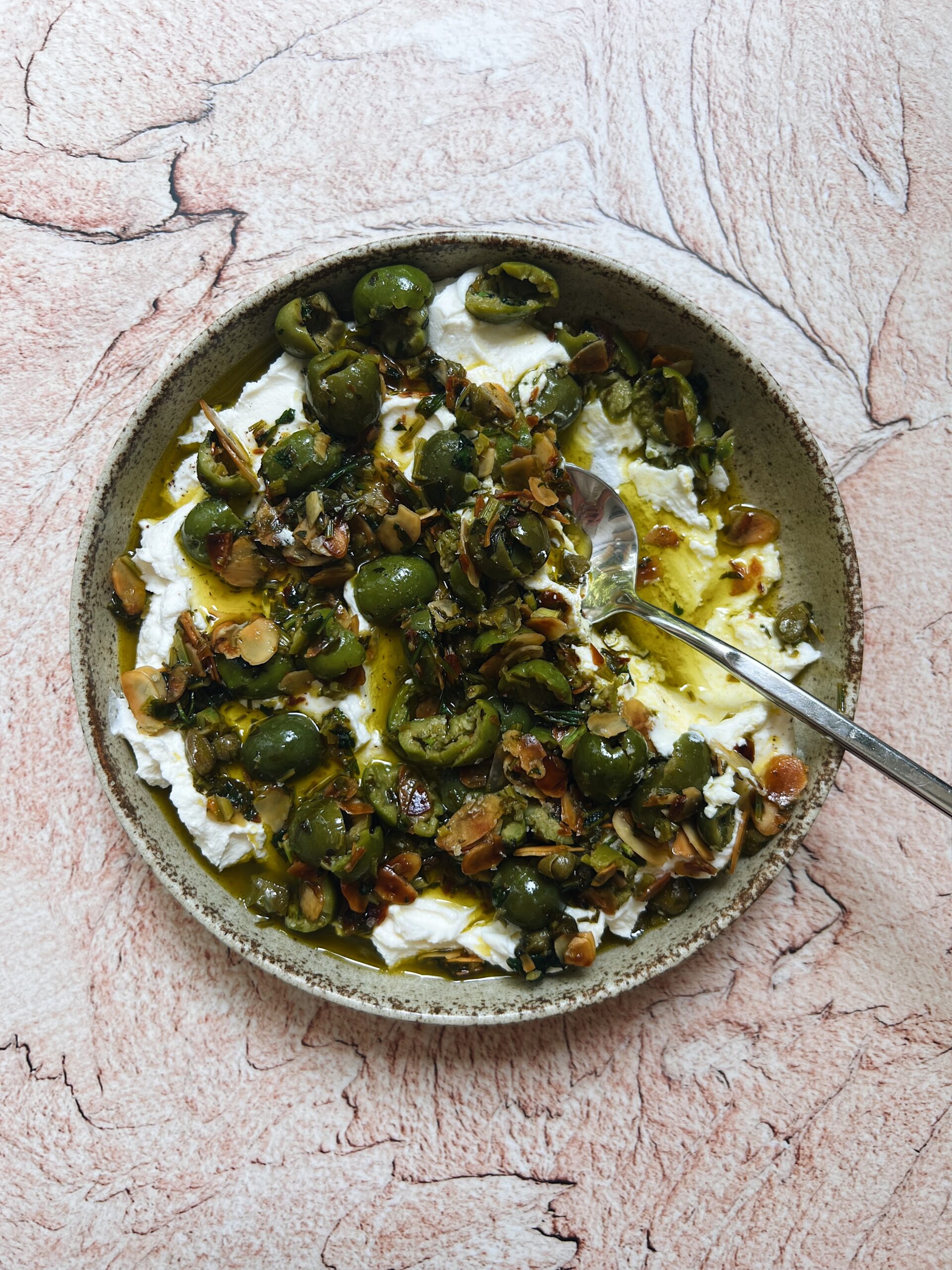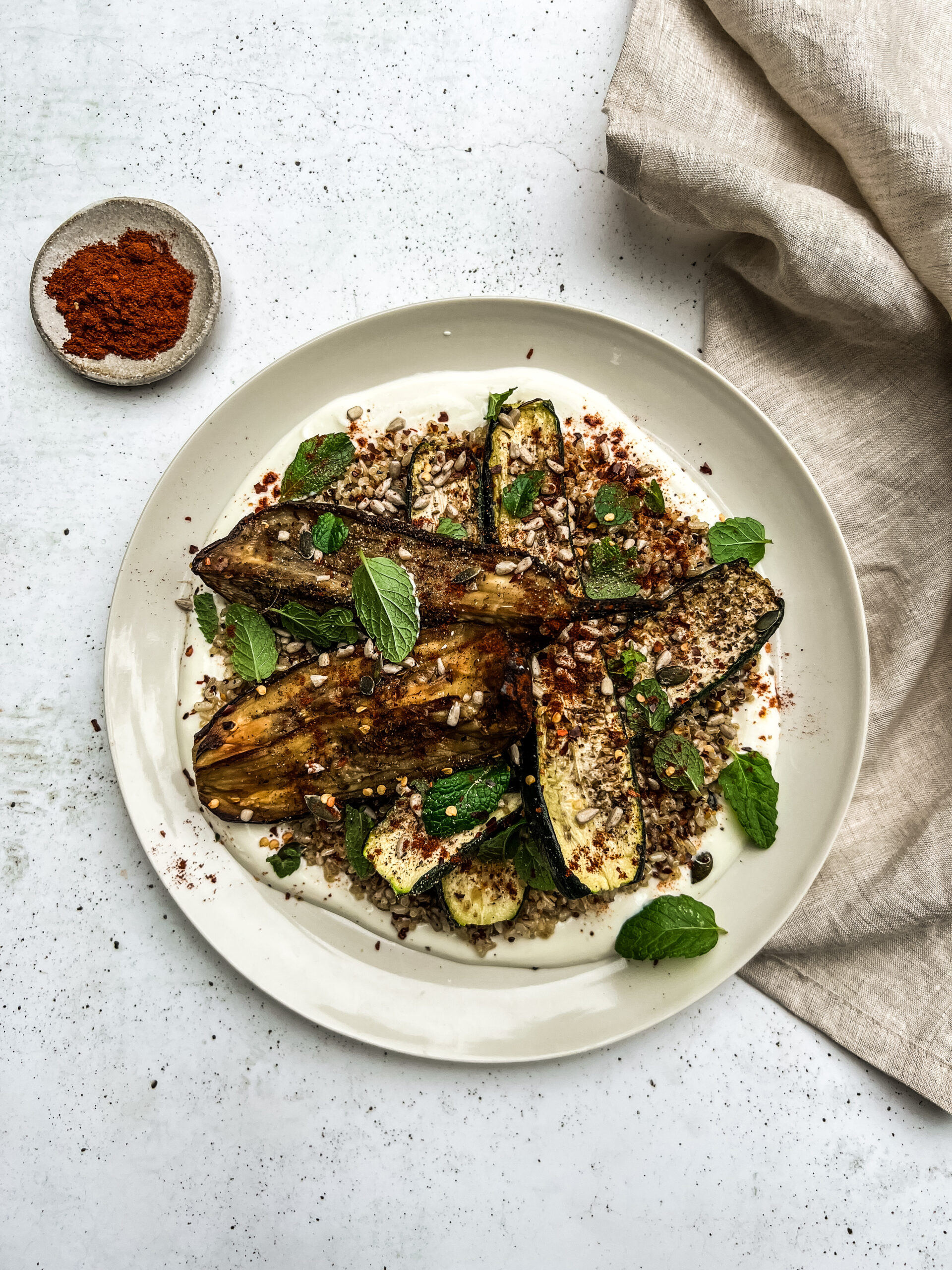The Ultimate Guide To Sugar Free Sweeteners

In this guide we’ll be discussing the following sugar free sweeteners:
- Stevia
- Monk fruit
- Erythritol
These ingredients are sugar free. There is no glucose in them for the body to use. This means they are also low carb and keto friendly.
If you are unsure of what is sugar free and what isn’t read this.
STEVIA
Stevia rebaudiana is a plant with small leaves that looks similar to mint. The leaves of the stevia plant taste sweet. In fact, they’re so sweet they’re barely edible. The sweetness comes from a naturally occurring chemical compound in the plant, collectively known as steviol glycosides. Basically, what you get with stevia is a sweet taste coming from these compounds, but no giant load of glucose to go with it, and therefore it has no significant effect on blood sugar levels.
GREEN LEAF STEVIA
This is a popular type of stevia you can buy in stores and online. It’s the whole stevia leaf, dried at low temperatures and ground into a fine green powder. Apart from the fresh stevia plant itself, this is the closest you can get to ‘pure’ stevia.
On the flip side, this type of stevia still contains a lot of the bitterness found in the original plant, and can only be used in very small amounts or it can be overwhelming. But don’t let that put you off – it totally has its place in recipes however, for the most part, it’s quite hard to work with in terms of knowing the texture and flavour of the final product. The good thing is, because you only use it in such small quantities, when you buy one small jar of this stuff, you will probably never run out – what an investment!
I don’t often use this version of stevia, as I prefer other sweeteners.
LIQUID STEVIA
This is the one in the little droppers… this form of stevia involves chemical extraction of the steviol glycosides (the naturally occurring chemicals in the plant mentioned before responsible for the sweet taste). The glycosides are extracted from the leaves using either water or alcohol and a membrane fil- tration which then evaporates so no alcohol remains in the finished product. The liquid becomes clear rather than green because the extraction process removes the chlorophyll.
Basically, this is not a totally pure form of stevia, however it’s a natural form of sweetness that appears to have little other health side effects. I like using liquid stevia as it goes very nicely in dessert recipes – it blends easily, has little aftertaste (unless you use too much) and doesn’t impact the texture of desserts in a negative way. Of course, I don’t think it should be a daily staple, but when you’re making a yummy sugar-free dessert for you, your friends or family, I think liquid stevia is a great option. Similar to green leaf stevia, because you use it in very small quantities, one small bottle will last you ages.
Note: Not all brands are equal! Each brand will have a slightly different con- centration and therefore sweetness level. I use Nirvana liquid stevia. If you’re unsure how much of your liquid stevia to use, start small and keep tasting until it suits your taste buds. In fact, since everyone has a different threshold and taste for sweetness, this is a good idea anyway!
MONK FRUIT
Siraitia grosvenorii aka luo han guo or monk fruit is a plant with a fruit re- sembling a small green melon. This kind of sweetener contains naturally occurring chemical compounds known as mogrosides which are responsible for the sweet taste. Powdered monk fruit is produced via solvent extraction of monk fruit juice, leaving a powder that is mostly mogrosides. The result? You get the sweet taste from these compounds, but no giant load of glucose to go with it, therefore there’s no significant effect on blood sugar levels.
In my recipes, I use pure powdered monk fruit which contains the dried version of monk fruit juice. It looks like a pale grey and very fine powder. Similar to stevia, it’s extremely sweet and has an aftertaste, so be cautious to use very small quantities.
Beware of monk fruit charletons! You will find many ingredients in the supermarket that say “monk fruit sweetener”. Unless a product is pure monk fruit, most of the time, these are actually a blend of monk fruit and erythritol.
The good news is that these blended products are still sugar free, since erythritol is sugar-free. But the reason to beware is that they are used in very different ways in a recipe. One teaspoon of monk fruit is equivalent to about ½ cup of an erythritol blend. I don’t want you to waste the effort making a recipe only to have it overly sweet or not sweet enough! If you are using an erythritol blend, you must use the amount in the recipe stated for erythritol, not pure monk fruit.
It can be hard to find pure monk fruit in a store. To date, the only pure monk fruit I’ve found is from Morlife. All the others are erythritol blends.
Buy monk fruit
- Morlife
- Keto brand
ERYTHRITOL BASED SWEETENERS
Erythritol is a sugar alcohol that occurs naturally in some fruit and fermented foods. And I know what you may be thinking, but no there’s no alcohol in it! The name is based on its chemical structure, but it is not sugar or alcohol. Confusing, I know.
This popular sweetener can be made in different ways, but it’s most commonly made from the fermentation of sugar (yes, actual sugar) found in corn. For this reason, it’s important to purchase non-GMO erythritol which will save you from supporting (and consuming) the intense pesticide usage in the growing of conventional corn.
This is my last choice of a sugar-free sweetener, as I find stevia and pure monk fruit to be more natural, and more inline with my food philosophy. However on occasion, I think this is fine to consume, and it is still my preference over regular white sugar. And I have to say, it makes baking a lot easier as it acts very similar to regular sugar – unlike stevia and pure monk fruit.
Erythritol has no effect on blood sugar and it’s only partially absorbed by our digestive systems. But what about your gut bacteria? Many things that we can’t digest or absorb still end up becoming food for gut bacteria. Well, erythritol is said to be resistant to digestion but be careful as many sugar-free sweeteners are fermented in your gut and can cause digestive discomfort in the form of bloating and gas. Put simply, the majority of the erythritol you consume comes out the other end in the same way it went in. That said, excess consumption of erythritol will have a laxative effect.
Many people have different responses to erythritol. If it’s a gut irritant for you, leave it out. But you may find it’s totally fine – the levels used in these recipes will be pretty hard to overdo.
Most of the time, erythritol based sweeteners are called something else on the packet like “monk fruit sweetener” or “sugar replacement, but with a quick look at the ingredients, you’ll be able to see. The other tell tale sign is that they look like sugar (this is not the case with stevia or pure monk fruit
Products
- Locako Monk Fruit Sweetener
- Lakanto Monk Fruit Sweetener
- Whole Earth Monk Fruit Sweetener
- Natvia
- Naturally Sweet Erythritol
- PB Co. Erythritol
- Nirvana Erythritol
Wondering how to use them and interchange them within recipes? Head to this guide


